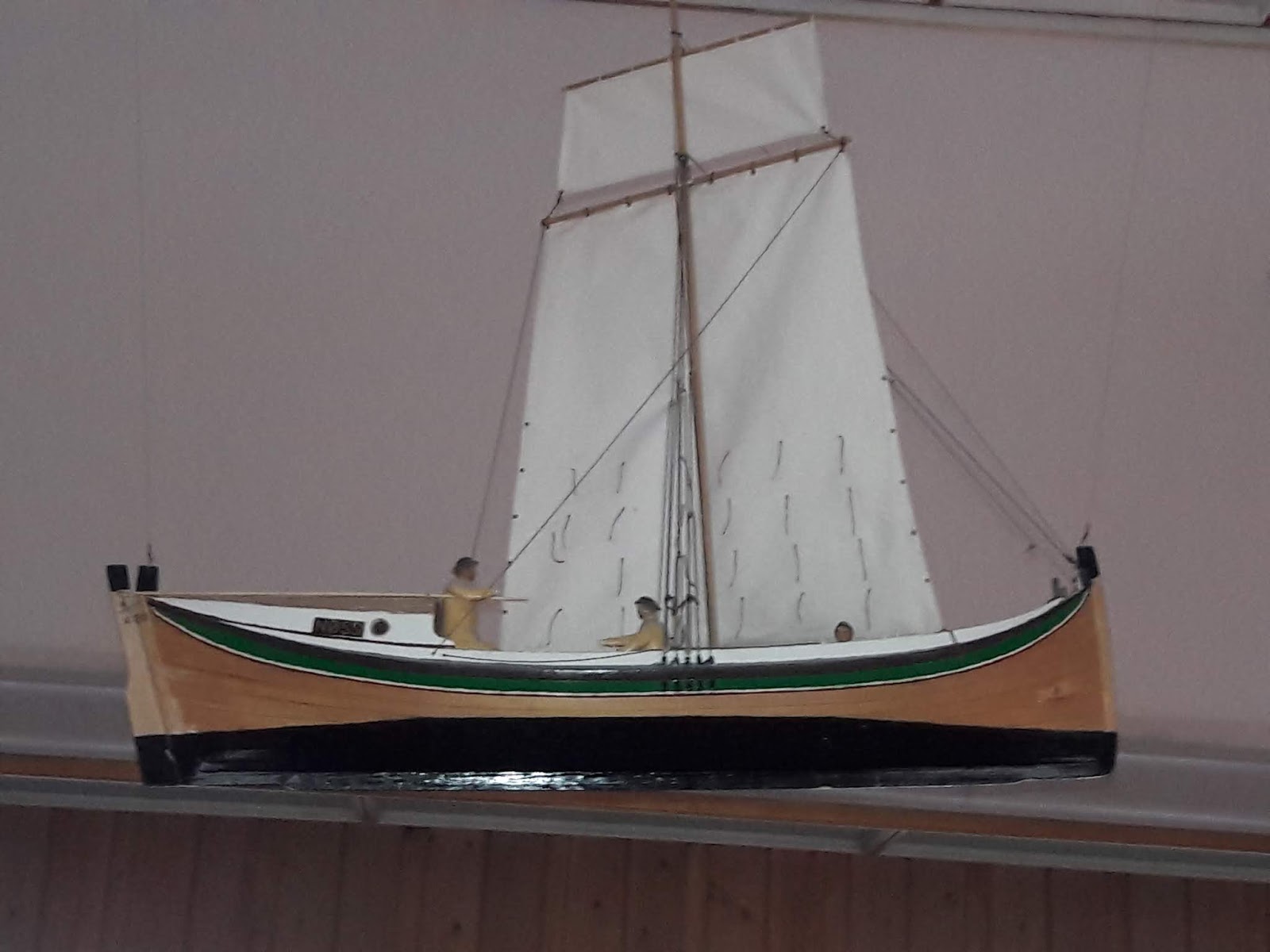Brünnichs Guillemot nest on cliff ledges southwest of town. We took a small open boat over for a look. The birds were crowded into the narrow ledges, which offer protection from the Arctic foxes, but not from the gulls, which were swooping about. The Guillemot are not great flyers, but are very good swimmers.
On a less steep cliff, there was lush grass that was fertilized by bird guano. The birds eat fish, the remnants of which are excreted as guano, which feeds the grass, which feeds the reindeer (1).
The boat also stopped at abandoned Russian and Swedish mining camps. Most of the equipment was left on site. The cost of removal would be more than the value of the equipment.
Walking on a path west of town, we were suddenly buzzed by a pair of Skua birds. They had nested near the path and viewed us as threatening. We beat a hasty retreat and took a different path.
There is one church in Svalbard on a hill overlooking the town. We encountered a student from Uzbekistan at the church who is studying Glaciology. Apparentky, there is a glacier high in the mountains of Uzbekistan.
As the bus made its way to the airport, the sun came out for the first time during our visit. From the airport, we could see across the Isfjorden to the glaciers on the north shore.
(1) The reindeer population is quite variable in Svalbard. If there is a lot of rain in the winter, this can create a coating of ice which the reindeer cannot break through to eat.
Old Russian mining camp
Old Swedish mining camp
Mine # 4 on hill above Longyearbyen. The mine is lit up in December and the children are told it is Santa's workshop.
Svalbard Church
Boat model hanging from ceiling of Svalbard Church










No comments:
Post a Comment